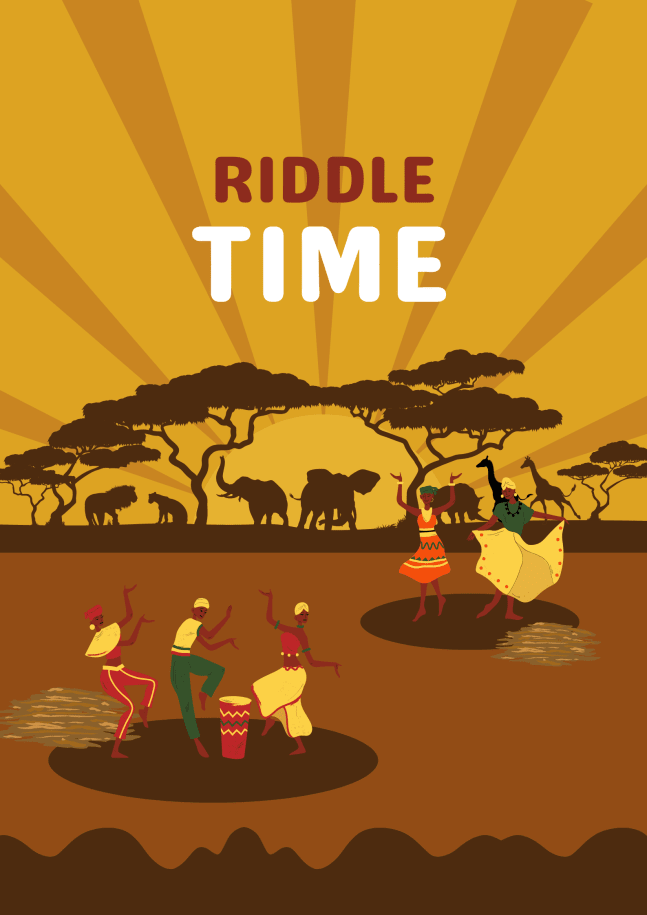What if I told you everything you know about time is a lie?
What if the way you count your days is just one version of a much larger story?
Yes! Picture a world where a year unfolds in 13 months and every day is written in a script as ancient as civilization itself.
You might think it sounds like a fable, but for a people once known as Abyssinia, it's their everyday reality.
For Ethiopians, a calendar isn't just a tool for tracking days, and the past isn't confined to memories—they're living it!
The Ethiopian Calendar
While most of us follow the Gregorian calendar, Ethiopia plays by its own rules.
Right now, they're in the year 2017. Yes, you read that right. 8 years behind us.
How come?
Ethiopia's calendar has 13 months. Twelve months have 30 days each, and the 13th, Pagume, has 5 or 6 days, depending on the leap year. This makes their year a bit different from the rest.
Why this unique system? It's based on the ancient Coptic calendar, which traces back to the Egyptian calendar.
So next time you look at your calendar, think of Ethiopia, a place where time dances to its own beat, much like its history. After all, it's the only country in Africa that never let anyone else set their clock.
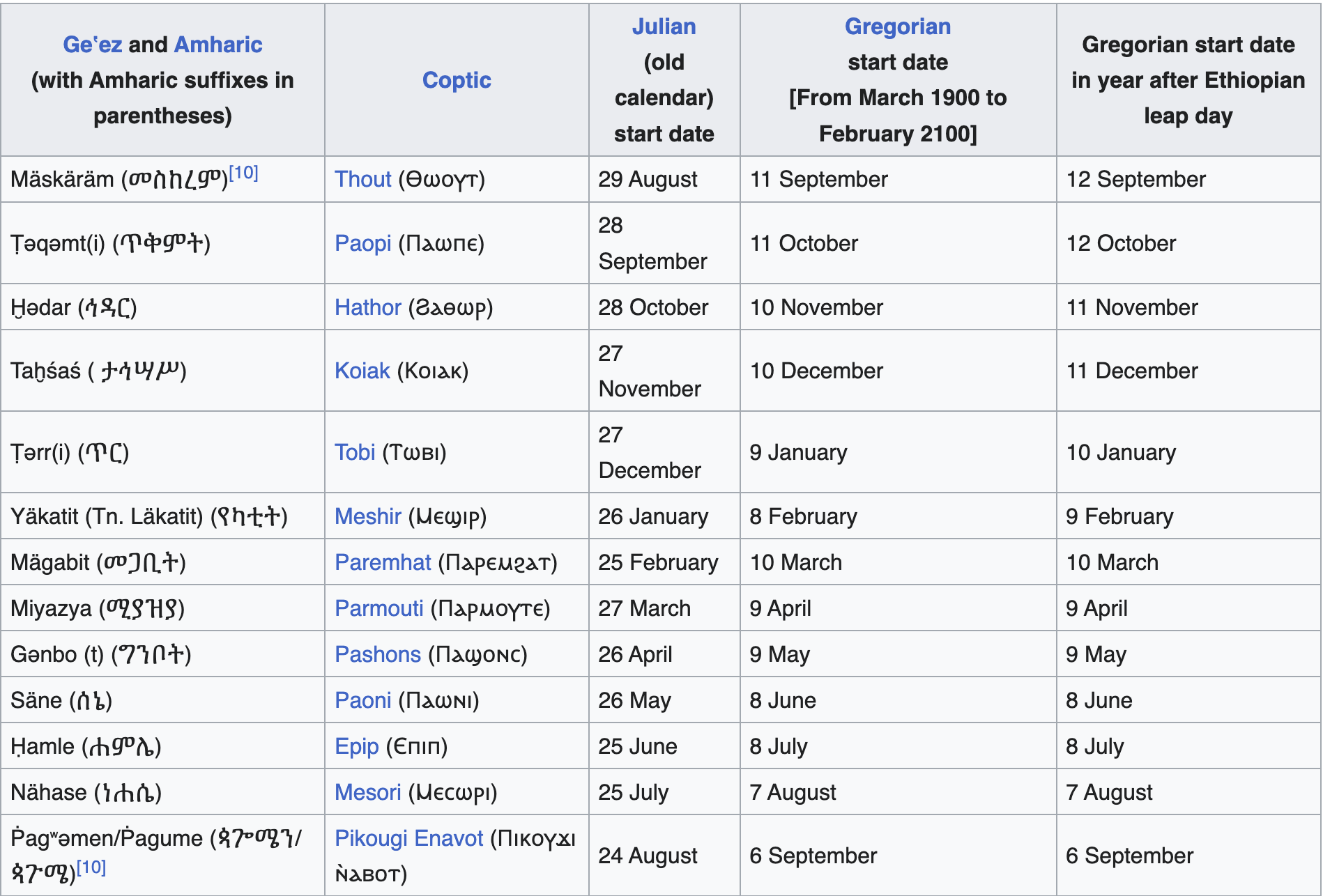
Figure: The Months in the Ethiopian Calendar Source: Ethiopic Calendar
But wait, there's more!
Ethiopia has its own unique alphabet, a fascinating script that sets it apart from the rest of the world.
Today in African History
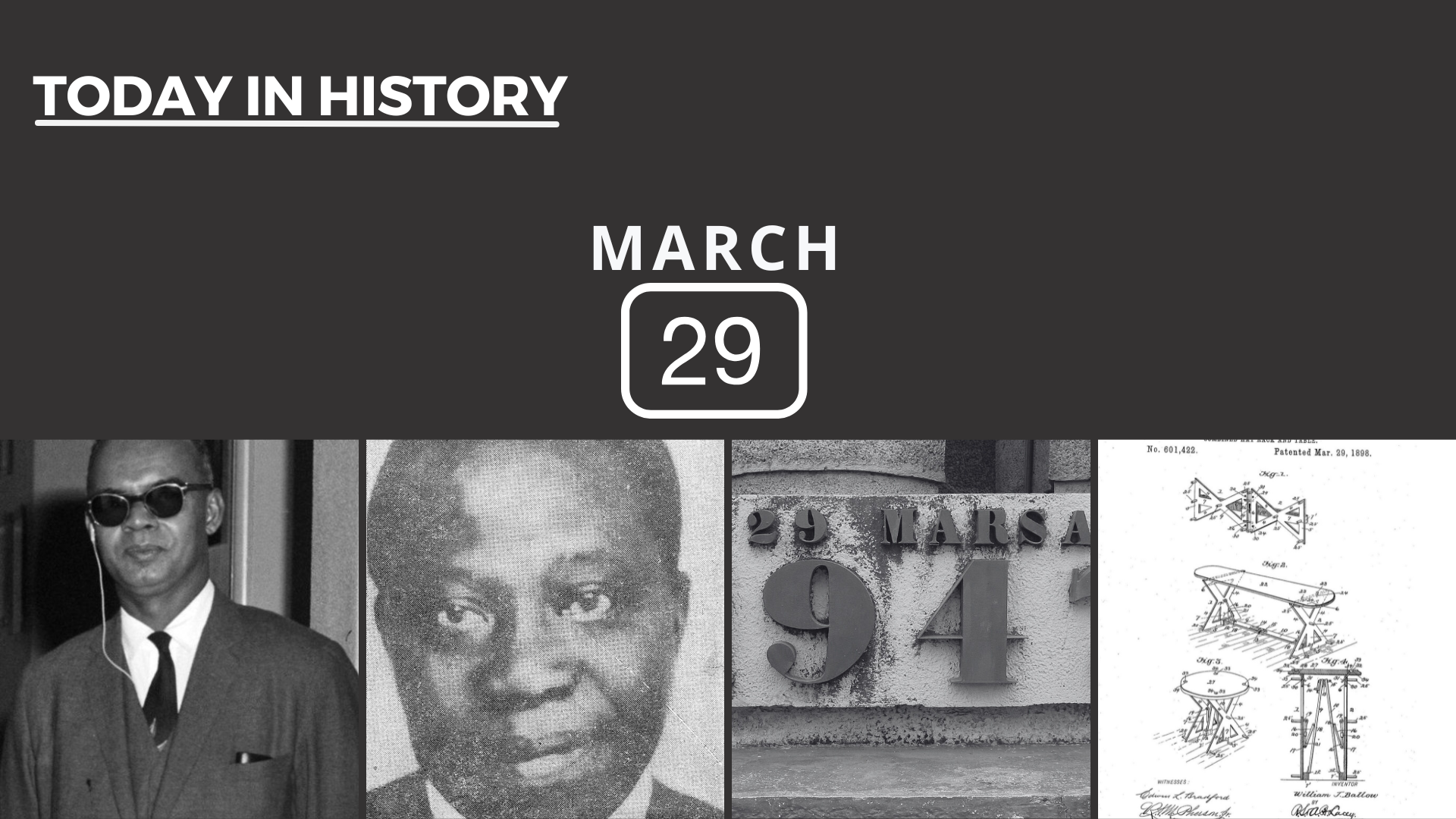
March 29 in African history—events, births, and milestones that shaped the continent. Plus, a surprising invention you probably use without thinking about.
Ethiopian alphabet
The main language in Ethiopia is the Amharic language, spoken by 37.7 million people as their first language, as well as 25 million people as their second language. In general, it is the second most widely spoken Semitic language in the world, only after Arabic.
The written form of the language originates from the Ge'ez language, which also originates from the Sabaean script, which can be traced as far back as the 4th Century AD.
The Ethiopian alphabet has 33 consonants and 7 vowels, which are usually combined to form syllables known as 'fidels', which resemble glyphs. There are a total of 231 possible combinations of the vowels and consonants.
The Ethiopian alphabet is usually written in grid format, with the 33 consonants appearing vertically, and the 7 vowels appearing horizontally.
The vowels are:

Image 1: The Ethiopian vowels.>Source: Easy Amharic Typing
The consonants are:
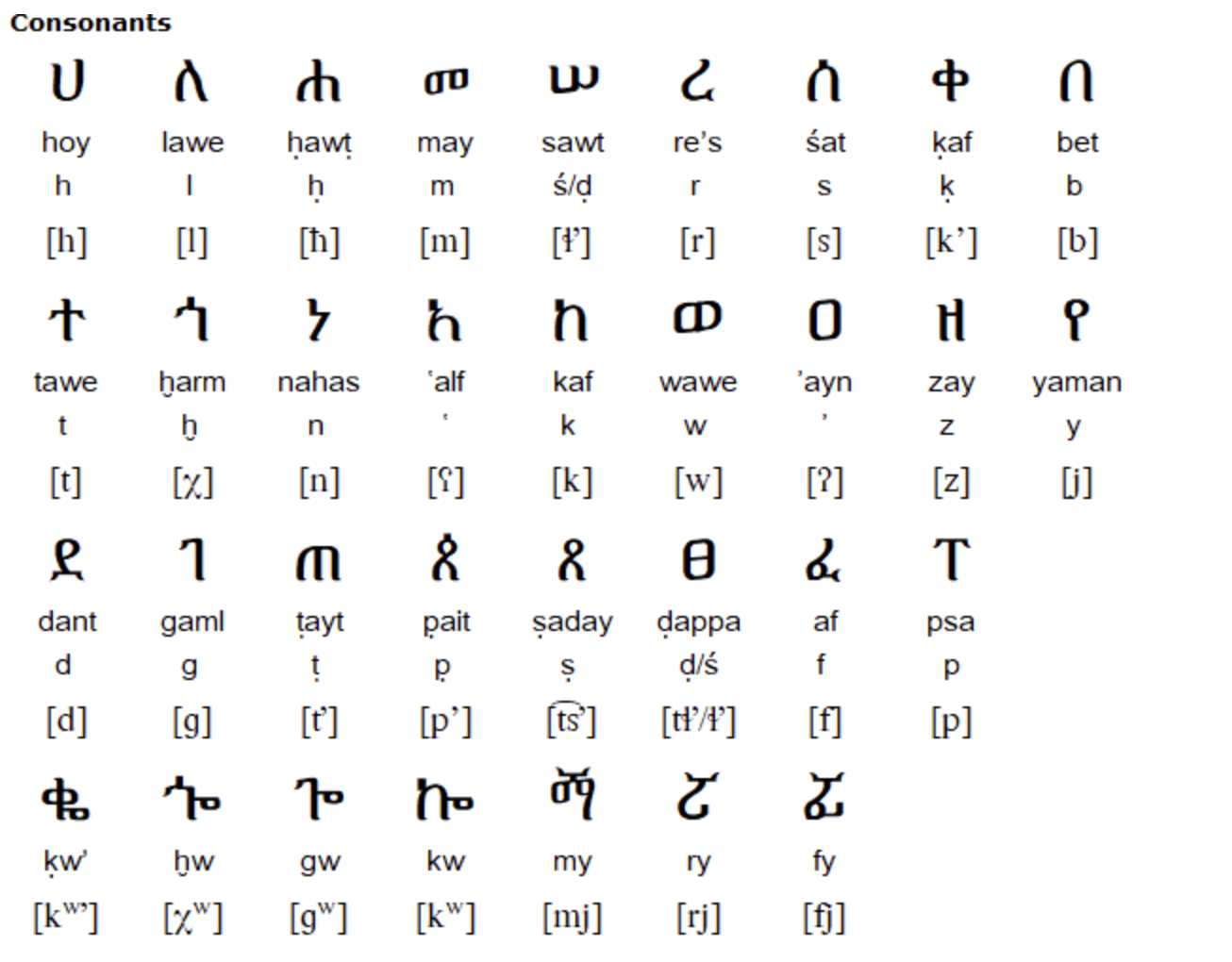
Image 2: The Ethiopian consonants.>Source: Omniglot
These consonants and vowels combine to form the syllables, or fidels, which are 231 in number. They include:
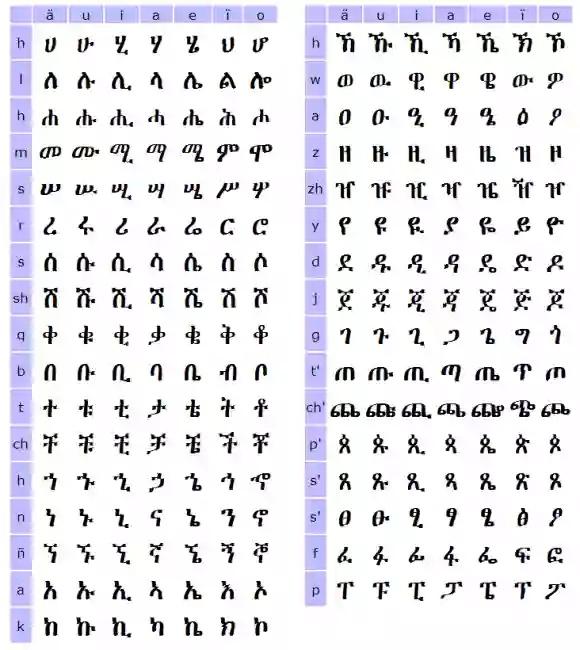
Image 3: Ethiopian fidels. Source: AllAboutEthio
The Amharic language also has its own inscription for numbers, and this is how number 0-9 are written:

Image 4: The Ethiopian Numerals. Source: Easy Amharic Typing
Generally, English speakers would have a hard time trying to learn this language. The fact that it has an entirely different alphabet from the Latin one that is used in modern writing means that one has to start learning the language from scratch, and by 'scratch' here, I mean from how to read and write the characters.
If you ever get the chance to visit Ethiopia, feel free to make an attempt to learn the language and see how far you'll get. Maybe you'll even adopt the Ethiopian calendar.
New Language Resource
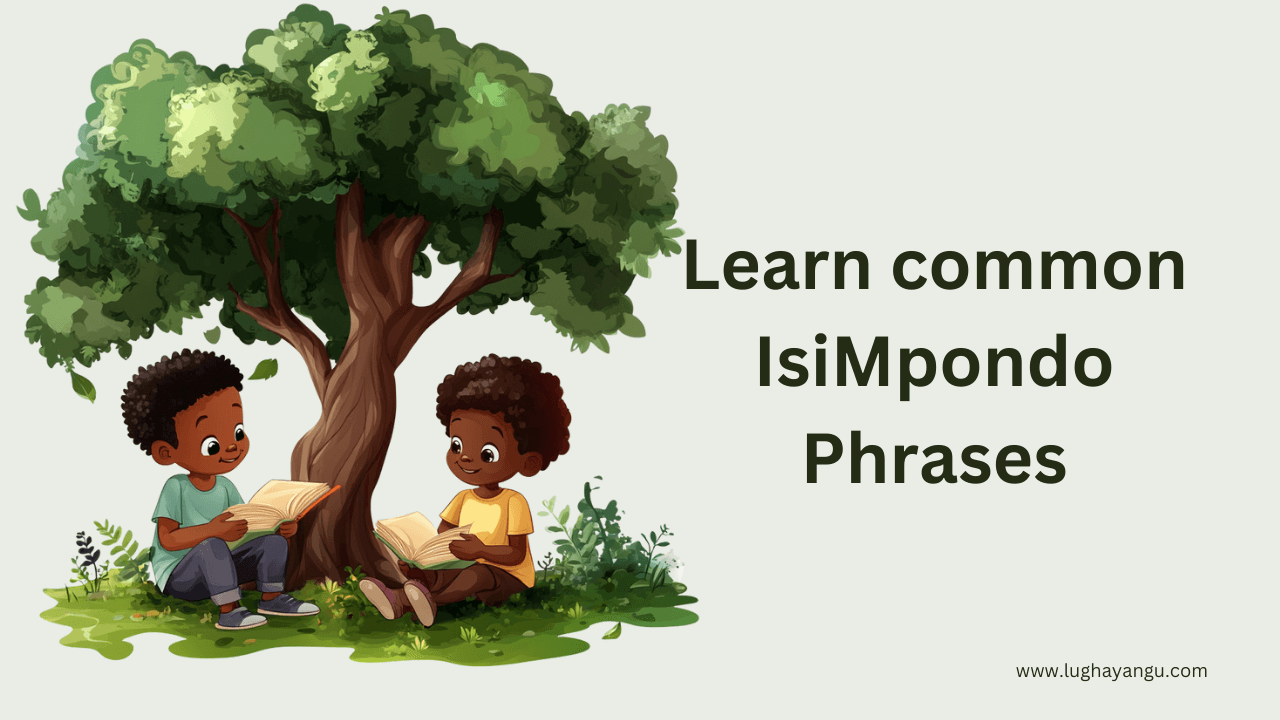
Explore the beauty of IsiMpondo language, spoken by the amaMpondo in South Africa. From greetings to everyday phrases, connect with the culture and its people in a fun, easy way.
Join the Lughayangu Community!
